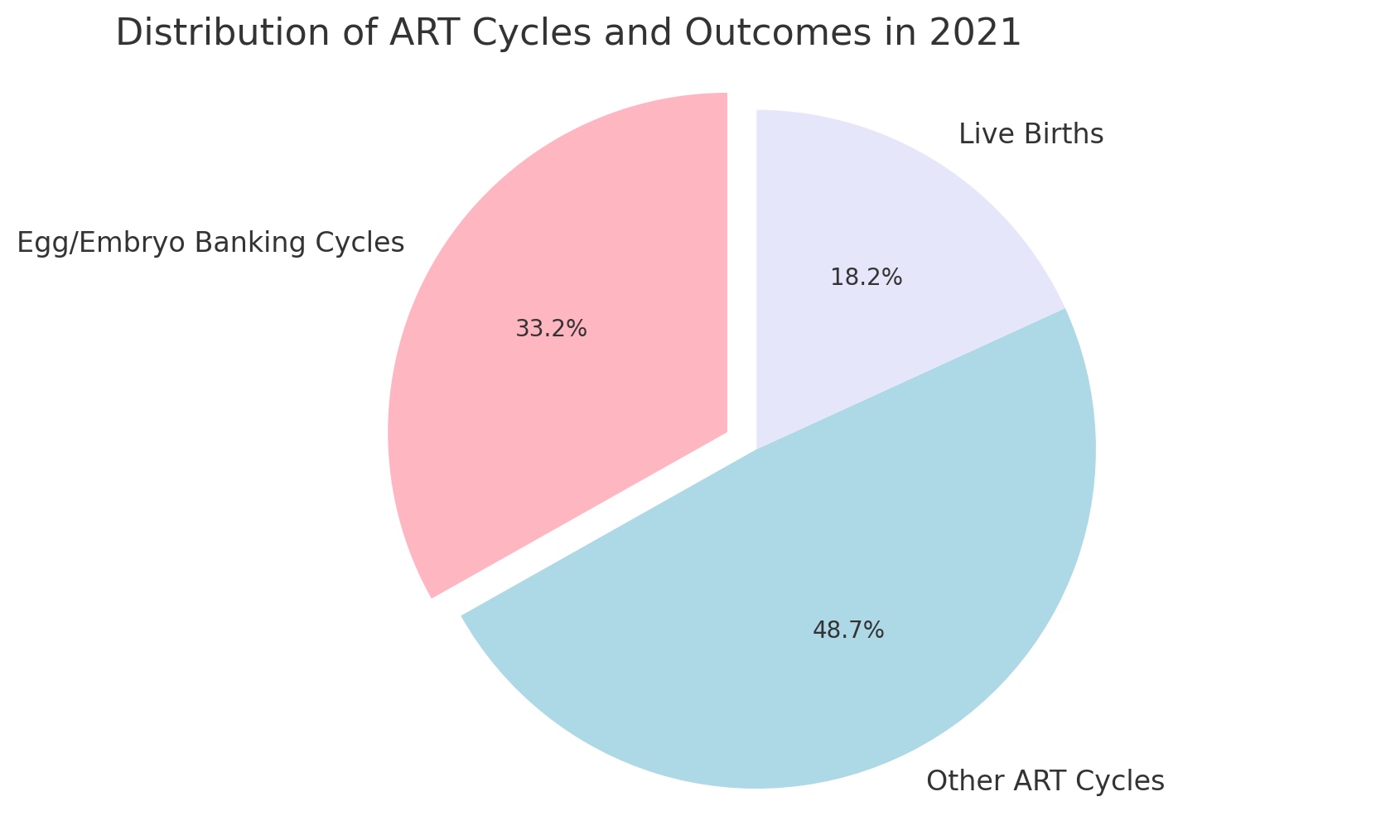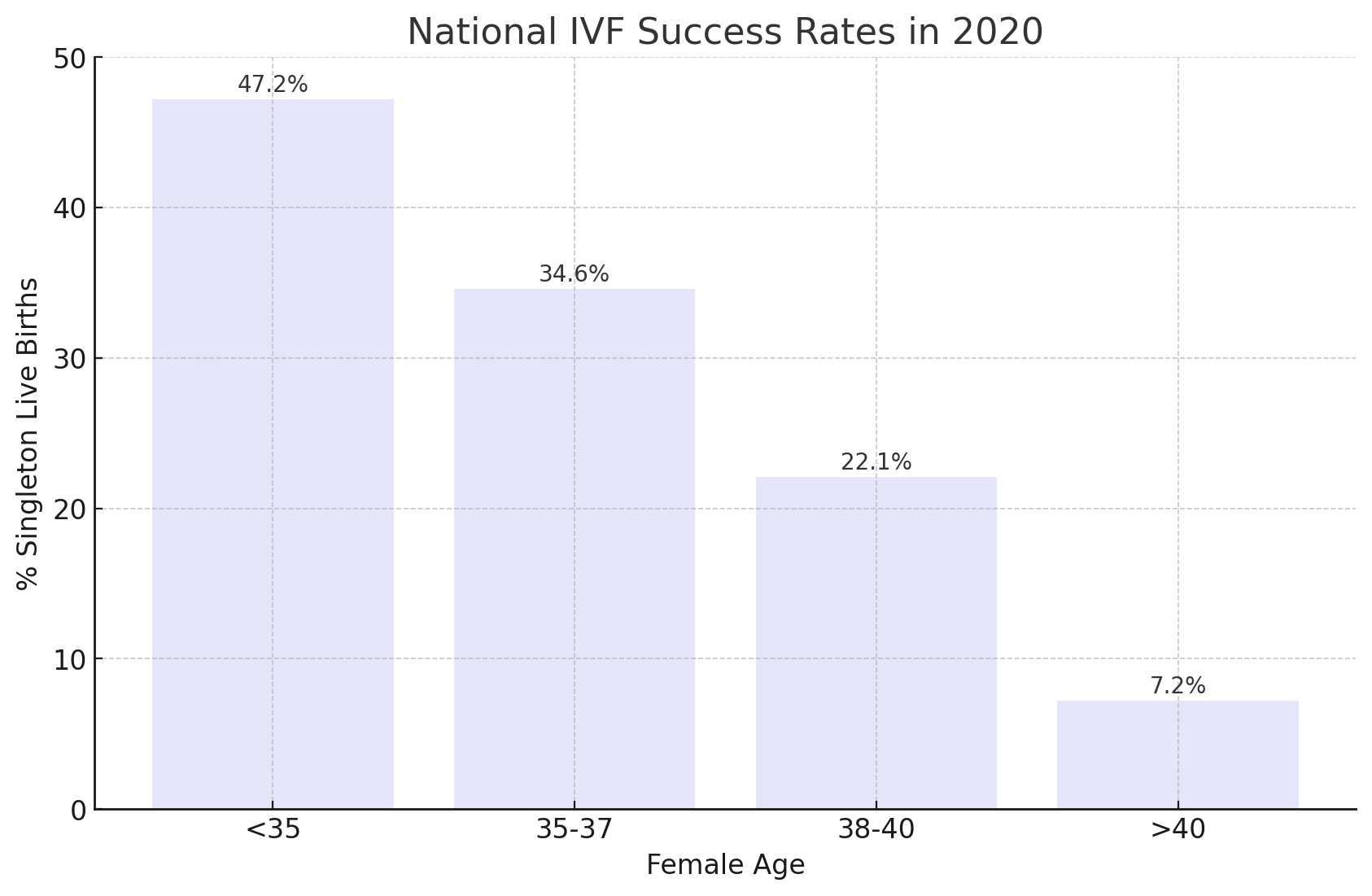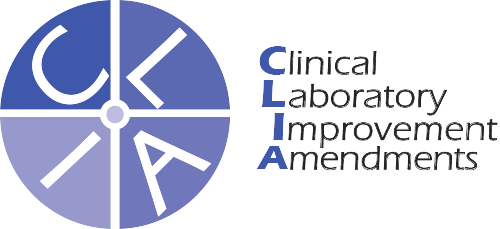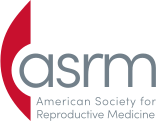Success rate
AFMC Success
The struggles that will lead to success are part of the journey.
The American Fertility California Corp (AFMC) defines success in different areas. Our ultimate goal is to place your baby into your arms, as you’ve already had them put in your heart long before they arrived. Beyond that, AFMC also focuses on the smaller strides through your fertility journey.
ART Success Rates
Fertility clinics in the U.S. report and verify data on the assisted reproductive technology (ART) cycles that have started and are carried out in their clinics and the outcomes of these cycles during each calendar year. ART includes all fertility treatments in which either eggs or embryos are handled. The primary type of ART is in vitro fertilization (IVF). IVF involves extracting a woman’s eggs, fertilizing the eggs in the laboratory, and then transferring the resulting embryos into the woman’s uterus through the cervix.
These ART data are a rich source of information that can give potential ART users an idea of their average chances of success per ART cycle or ART transfer. Average chances, however, do not necessarily apply to an individual or couple. ART success rates vary in the context of patient and treatment characteristics, such as age, infertility diagnosis, number of embryos transferred, type of ART procedure, use of techniques such as ICSI, and history of previous births, miscarriages, and ART cycles. People considering ART should consult a physician to discuss their treatment options.
Based on the CDC’s 2021 Fertility Clinic Success Rates Report, approximately 238,126 patients had 413,776 ART cycles performed at 453 reporting clinics in the United States during 2021, resulting in 91,906 live births (deliveries of one or more living infants) and 97,128 live-born infants. Of the 413,776 ART cycles performed in 2021, 167,689 were egg or embryo banking cycles in which all resulting eggs or embryos were frozen for future use. Although the use of ART is still relatively rare compared to the potential demand, its use has more than doubled over the past decade. Approximately 2.3% of all infants born in the United States every year are conceived using ART.
For further information, please visit:
https://www.cdc.gov/art/artdata/index.html

IVF Success Rates by Age
At this point, most women are aware that age affects one’s ability to get pregnant, and even with the help of in vitro fertilization, the pregnancy and live birth rates decrease as women get older.
However, the outcomes are much better using IVF than naturally or with IUI, and women in their late 30s and early 40s can conceive using their eggs.
Successful IVF outcomes are generally higher in younger women, averaging around 40% globally. This likelihood of success increases even more for those under 35 years old. The success of ART is measured by Live Birth Rates, which is the number of live births per embryo transfer.
IVF success rates in the US are similar to global rates. Some clinics like ours at AFMC are some of the best in the US.
Source: IVF success rates by age in the United States for all IVF cycles started in 2020, resulting in a single baby’s birth showing women using their eggs for IVF treatment—data sourced from the CDC ART reporting released in 2022.
In this chart, we’re looking at cycles for 2020 for women using their eggs for treatment, so these success rates don’t include eggs.
IVF success rates have increased slightly for each age group since the previous reporting year, which is encouraging!
IVF Success Rates by Age
These success rates include all cycles in 2020 where women used their eggs for IVF treatment, a single baby was born from the pregnancy (ddoesn’ddoesn’tincludes rates for twins, triplets, etc.), all IVF cycles started (includes cycles canceled partway due to poor medication response, no eggs retrieved, etc.)
In cases where women cannot get good-quality embryos using their eggs, they may use donor eggs from a younger woman, as better egg quality is more likely to lead to viable embryos. We’ll talk about donor egg success rates later on.
We also used the success rates, including the small percentage of canceled cycles after starting medications, sometimes due to a poor medication response or no eggs being retrieved. This gives a more realistic view of the success rates; it could be you who has to cancel, so it is better to factor that in when looking at the averages.










